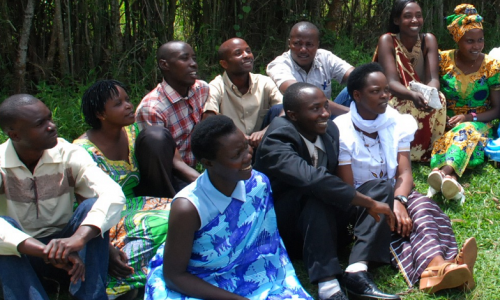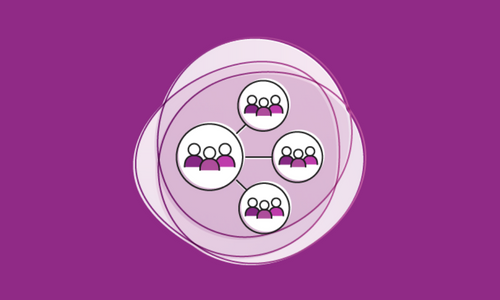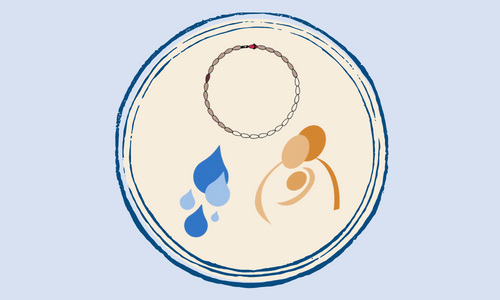So, This Method is Effective—For Whom?
Why is diversity important in family planning efficacy studies?
When conducting research in a multicultural society like the US, study samples need to be diverse to represent the target population. It’s important for women (and men) who are considering a family planning method have accurate information about the experience of others like themselves in using the method. Clearly, if a study is limited to women in their 30s, it doesn’t tell us how effective a family planning method would be for women a decade younger, whose probability of pregnancy is much higher. If study participants are predominately married women, we don’t know a great deal about how effective the method is in actual use for women in more casual relationships.
Unfortunately, studies do not always achieve a study population as diverse as the people who may use a particular method. There have been suggestions that some groups are under-represented in research studies in the United States.
When evaluating the efficacy of a family planning method, it is important to know what kind of effects the method has on the sample as whole, but also the effect on different demographic groups. Testing efficacy across a variety of demographic profiles contributes to the validity and generalizability of study results. This is true for all methods, including fertility awareness-based methods (FAM), which are used by a diverse group of women.
Our team had this in mind when we launched the first prospective in-app efficacy study of a family planning method on Dynamic Optimal Timing™ (Dot™). The Dot app provides daily, direct-to-user fertility information. The app uses an algorithm based on historical cycle data and a woman’s personal cycle history to accurately predict risk or chance for pregnancy on each day of her cycle. The app flags days of high and low fertility, using only a woman’s period start dates.
The Dot study aims to track users over of 13 menstrual cycles (or about one year) and determine perfect and typical use of the app for preventing pregnancy. During the recruitment period, which spanned from February to August 2017, we enrolled over 700 women into the study. Although researchers had no influence on participant enrollment — due to women having to self-select into the study upon meeting eligibility criteria — the Dot study has a well-rounded, diverse sample. More populated states like California, Texas, Florida, and New York, are represented by more participants, but every state in the continental US is represented.

Our study sample is also ethnically representative of the United States population when compared to the 2010 census data.
Although the majority of participants are Caucasian, almost 40% are African American and Hispanic. Though Asian women are underrepresented (0.89%, 4.8%, respectively), African American participants are overrepresented in our study sample (18.6%) compared to the 2010 census (12.6%). Other minority groups, like American Indian/Alaska Natives, Hispanic or Latina women, and Pacific Islanders are accurately represented in the sample, while there is a slight under representation of Asian women.

With regard to age, participants are evenly distributed between 18-39 years with a median age of 26. We’ve also collected data showing diversity in education, relationship and employment status, as well as pregnancy history.
Our study is tracking participants’ daily risk of pregnancy, monthly fertility intentions, and the length of menstrual cycles and fertile windows. Every day we are collecting sexual history data from participants, which provides a unique opportunity for accurate, real-time information about coital frequency and how participants manage fertile days (i.e., no method, condom, withdrawal, emergency contraception, other) in order to prevent pregnancy. We’re seeing a variety of user experiences from our Dot Study participants and are excited to learn from over 4,300 completed cycles!
A recently-submitted manuscript on the recruitment phase of the study includes more information about the study participants ranging from pregnancy history to prior hormonal method use. Efficacy results after six cycles are expected in early March, and final efficacy results are expected this fall.
Learn more about the Dot Study:
 Where We Work
Where We Work  Press Room
Press Room  FACT Project
FACT Project  Passages Project
Passages Project  Learning Collaborative
Learning Collaborative  Search All Resources
Search All Resources  Social Norms
Social Norms  Fertility Awareness Methods
Fertility Awareness Methods